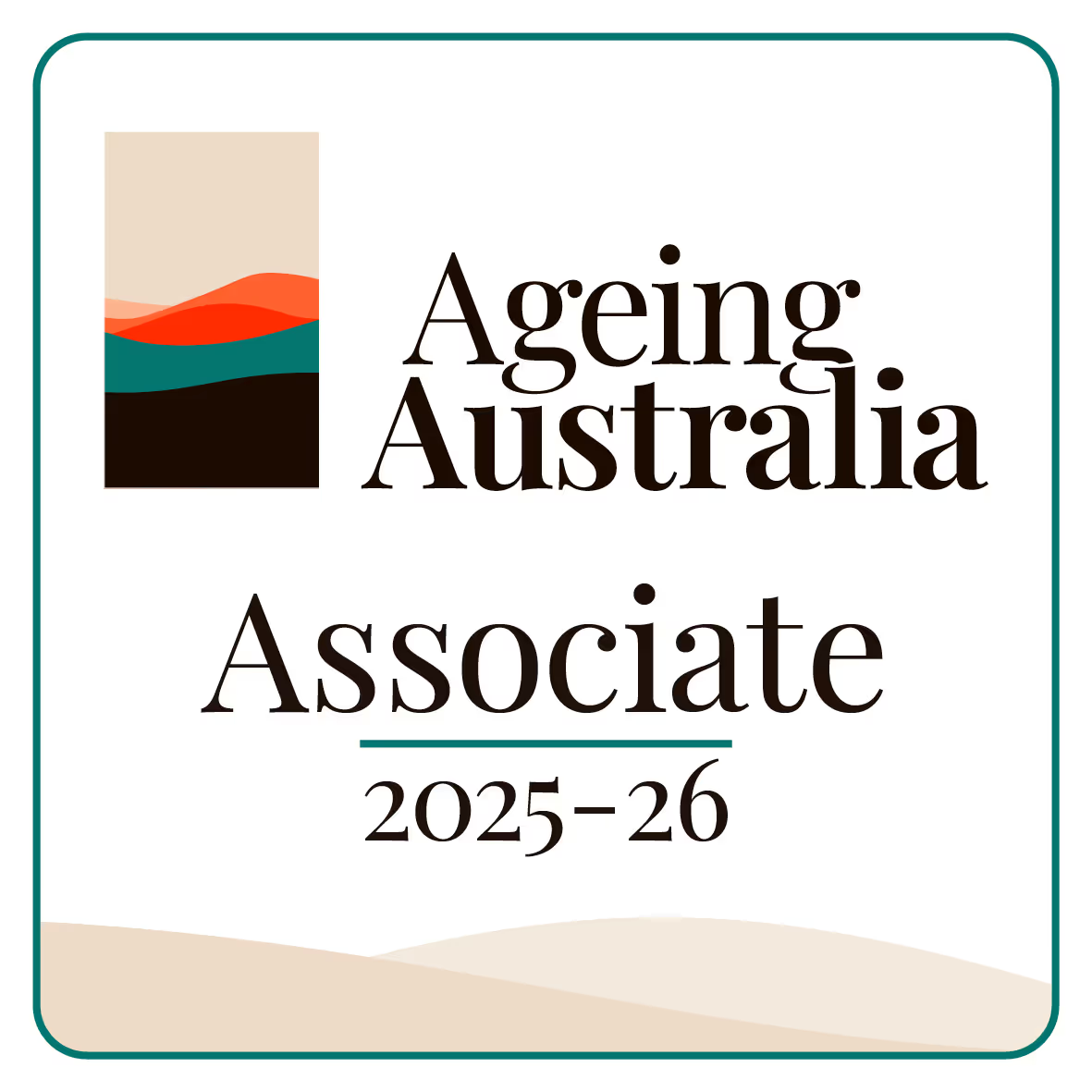What is Holding Your Care Teams Back?
As a leader in an Australian health or aged care organization, you are likely managing an operation that is incredibly complex. You have specialists, general practitioners, nurses, allied health professionals, and support staff all working toward one goal: providing good care.
Yet, you see the friction every day. You see the gaps.
Why does the night shift nurse not have the latest information from the day specialist? Why is a patient's file from the hospital not fully available to their home care provider? Why are your best clinical managers spending their days chasing paperwork instead of mentoring staff?
For many, the problem is not a lack of good people. The problem is a lack of connection. Your teams are working hard, but they are working in different information silos. It is like asking a group of people to build a house, but each person has a different set of instructions. The result is confusion, waste, and risk.
This is where AI Care Coordination changes the conversation. It is not about replacing your staff. It is about giving them a better way to work together. It is about building a platform that finally connects all the moving parts of patient care.

Why Is Care Coordination So Hard?
If you feel like managing your teams is like herding cats, you are not alone. Coordinating care is one of the biggest challenges in modern healthcare. The old systems were not built for the way care is delivered today.
Here are the weak links you probably see in your own organization.
The "Game of Telephone" Communication
The first major problem is poor team communication.
Think about a single resident in an aged care facility. In one week, they might see their GP, a podiatrist, a physiotherapist, and have daily interactions with three different nursing shifts.
What happens to the information?
- The GP's notes stay in the GP's clinic.
- The podiatrist's recommendations are on a piece of paper.
- The physiotherapist sends an email that gets buried.
- The day shift nurse adds a note to a local file that the night shift nurse, in a hurry, misses.
This is a high-stakes "game of telephone." At each step, information is lost, misinterpreted, or delayed. Your staff are forced to make decisions with incomplete pictures. This is not their fault; it is a system failure. They are working on different pages because they are literally looking at different pages of information.
Drowning in Data, Starving for Insight
The second problem is patient data. You have more patient data than ever before. You have electronic medical records, clinical notes, medication charts, incident reports, sensor data, and billing information.
It is a mountain of data.
But this data is often trapped. It is locked in different software systems that do not talk to each other. Finding one specific piece of information, like a past allergic reaction, can be like finding a needle in a haystack.
Your IT department works hard to build bridges, but it is a constant battle. This data-rich, information-poor environment means you cannot see the big picture. You cannot spot trends, identify risks, or understand a patient's full journey. The data is there, but it is not working for you. It is just taking up space.
The Australian Compliance Mountain
In Australia, your job is not just about care. It is about compliance. As a leader, you have to prove that you are meeting standards. For those in aged care, the Aged Care Quality Standards are a constant presence. For hospitals, it is the National Safety and Quality Health Service (NSQHS) Standards.
How do you show an auditor that you are compliant? You have to produce reports. You have to show evidence.
When your patient data and communication are fragmented, this reporting is a nightmare. It becomes a manual, time-consuming job. Your staff have to dig through different systems, pull reports, and staple them together. This administrative work is a heavy burden. It pulls your most skilled people away from care.
This is not a small problem. This is the problem that leads to staff burnout and frustration.
How AI Platforms Fix the Coordination Problem
When people hear "Artificial Intelligence," they often think of science fiction. But in this case, "AI" is just a label for a very smart helper.
An AI Care Coordination platform is not a robot. It is a software system that acts as the central brain for your organization. It is the one place where all your information finally comes together.
This is what platforms like Governa AI are built to do. They do not replace your other systems. They connect them. They read the information from all your different sources and put it into one, simple view.
Here is what that AI "brain" does.
It Creates One Source of Truth
The most important job of an AI Care Coordination platform is to create a single, reliable source of information for every patient.
It connects to your clinical software, your medication management system, and your HR roster. When a nurse adds a note, a doctor updates a prescription, or a physiotherapist files a report, the AI platform sees it. It reads it. And it adds it to the patient's central file.
Suddenly, everyone is working from the same set of instructions.
- The night shift nurse logs in and sees the GP's update from that morning.
- The specialist can see the patient's medication history from the pharmacy.
- You, as a manager, can see a dashboard that shows all information for a resident, not just the bits in one department's file.
This single view fixes the "game of telephone." Team communication stops being a game of chance and starts being a reliable process.
It Acts as a Digital Watchdog
An AI platform does more than just hold data. It understands data. It is programmed to look for patterns, risks, and changes. This is where the "intelligence" comes in.
An AI can monitor all your patient data 24 hours a day, 7 days a week. It does not get tired or miss things.
- Flagging Risks: The AI can see that a patient's notes mention "dizziness" and that their new medication lists "dizziness" as a side effect. It can then send an alert to the charge nurse to check on that patient.
- Spotting Gaps: The AI can see that a patient is due for a specific assessment, but it has not been logged. It can send a reminder to the care team.
- Connecting Symptoms: A human might miss that a patient's small complaints over three weeks—poor sleep, low appetite, and social withdrawal—are a pattern. An AI can spot this pattern and suggest a screening for depression.
This is not about the AI making decisions. It is about the AI giving your skilled human staff the right information at the right time, so they can make a better-informed decision.
It Does the "Boring" Work
Let's be honest. A huge amount of your team's day is spent on tasks that do not require their clinical skill.
- Filling out forms.
- Writing reports for compliance.
- Scheduling appointments.
- Sending reminders.
An AI Care Coordination platform can do much of this work automatically. Because all the data is in one place, the platform can fill out its own reports.
When an auditor asks for evidence that all residents have had their care plans reviewed, you do not have to spend a week gathering files. You just ask the AI platform to generate the report. It can do this in seconds.
This is a massive change. When you free your team from this administrative weight, you give them back time. Time is the most valuable resource you have. It is time they can spend with patients, time they can use for training, or time they can use to simply catch their breath.
Benefits You Can Actually Measure
As an executive or administrator, you need to know what the practical return will be. What happens when you put a platform like Governa AI in place? The results are not just theoretical. They affect your residents, your staff, and your budget.
1. You Make Care Safer
This is the most important benefit. When team communication is clear and data is complete, mistakes are less likely to happen.
- Fewer Medication Errors: The system can check all new prescriptions against a patient's known allergies and other medications.
- Faster Incident Response: When the AI flags a risk, your team can act before it becomes an incident.
- Better Clinical Decisions: Your doctors and nurses are no longer guessing. They have the full history in front of them, allowing them to make the best possible choice.
You reduce risk. You improve the quality of care. You deliver better outcomes.
2. You Retain Your Staff
Your staff are tired. They are tired of messy systems, double-entry of data, and feeling like they can never catch up. Staff burnout is a critical business problem.
An AI Care Coordination platform is a tool that respects your staff's time.
- It reduces their frustration by making information easy to find.
- It cuts down on the paperwork they hate.
- It gives them confidence that they are working with the right information.
When you give your team tools that actually help them do their job, they are happier. They feel supported. A happier, less-stressed team is a team that stays. You reduce your turnover, which in turn saves you a great deal of money on recruitment and training.
3. You Manage Your Costs
Fragmented care is expensive.
- You pay for duplicated diagnostic tests because the first test's results were lost.
- You pay for avoidable hospital admissions that happen because a risk was not caught early.
- You pay for staff overtime spent on manual, inefficient reporting.
- You risk large fines if your compliance paperwork is not correct.
AI Care Coordination directly addresses these costs. It stops the waste. It helps you prove compliance with less effort. It helps your teams work more efficiently, allowing you to allocate your resources where they are needed most. The platform pays for itself by finding and fixing these expensive leaks in your system.
4. You Meet Australian Standards with Confidence
For organizations in Australia, especially in aged care, compliance is not optional. You must provide evidence for the Aged Care Quality Standards. This is a big focus of platforms like Governa AI.
The platform is designed to understand these specific Australian rules. It can automatically link the care notes your team writes to the specific standards they fulfill.
When it is time for an audit, you are ready. You can show, with clear data, how you are meeting your obligations. This changes your relationship with compliance from one of fear to one of confidence. This is particularly true for complex needs, such as those found in AI in Aged Care.

Stop Herding Cats. Start Coordinating Care.
The truth is, the old way of working is broken. Relying on paper, fax machines, and disconnected spreadsheets is no longer good enough for your staff and no longer safe enough for your patients.
You cannot fix a system problem by asking your people to just "try harder." You have to fix the system itself.
AI Care Coordination is the new standard. It is the tool that connects your people, your processes, and your patient data. It is the brain that sees everything, connects the dots, and helps your team work as one.
Stop trying to herd cats. It is time to give your team a single, clear, and intelligent platform to work from.
Take the Next Step
Are you ready to stop managing chaos and start building a truly connected care environment?
Contact the team at Governa AI today. We can show you a direct demonstration of how our platform is helping Australian health and aged care leaders solve the exact problems you are facing.










